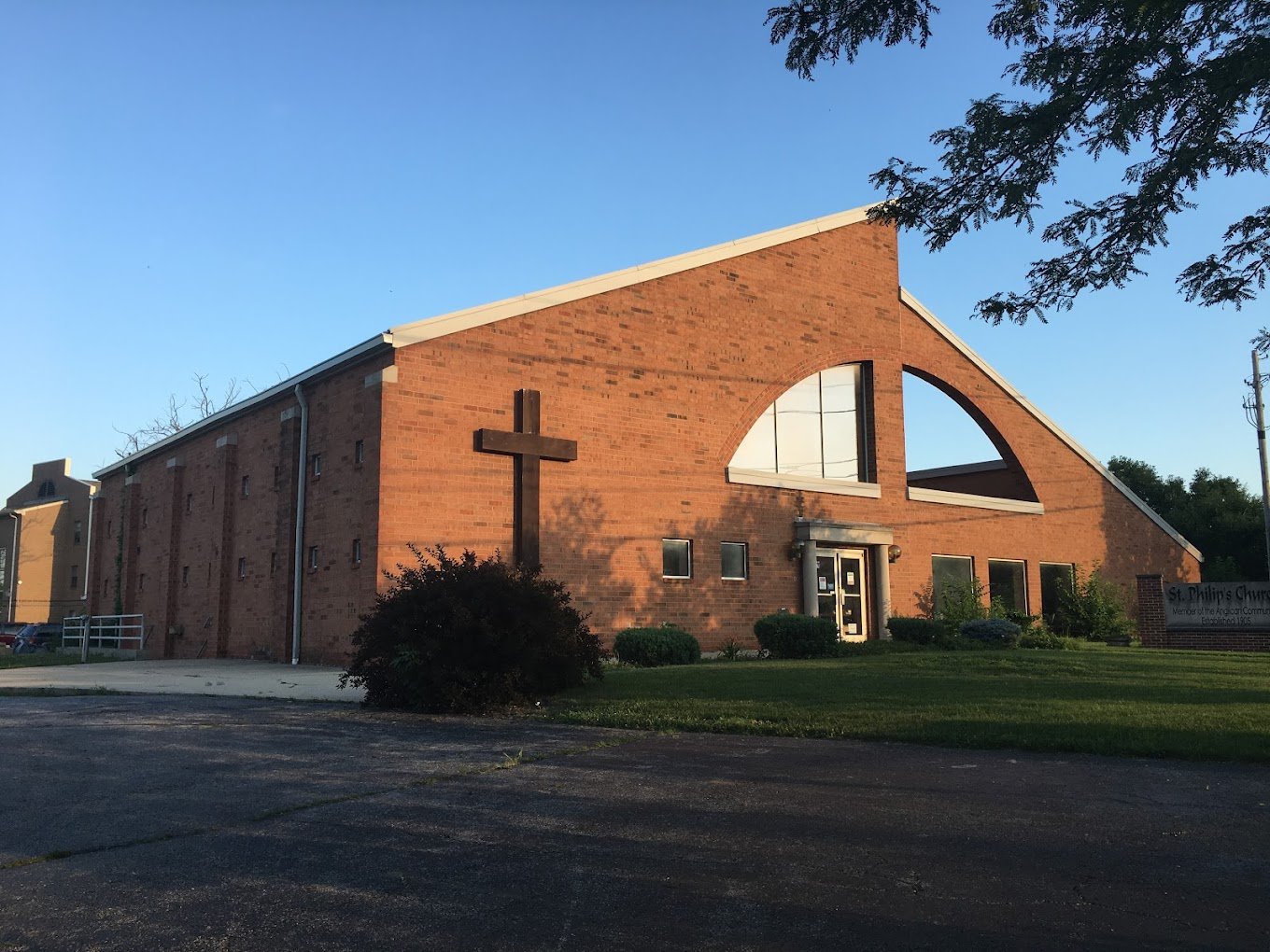"Standing on the storied foundation of the Episcopal faith, we embrace the wisdom of our heritage, guided by tradition, and inspired to write the next chapter of our journey with grace and reverence."
A Commitment To Telling Our Story
In early 1901, 25 African-Americans organized St. Philip’s Episcopal Church in the home of Lillian and A.H. Henderson at 419 N. California Street in downtown Indianapolis. Many were new to the city, and many were young - at least eight of the founders were under 25. They were musicians, doctors, educators, students, laborers, and businesspeople. Together they created the church family that we now call home.
A few weeks earlier, a similar group of people had gathered in the Henderson home for the funeral of 29-year-old Hulda Abrams, who was a friend to many in the city, but who had died without a next of kin. Truly, St. Philip’s was born to be a family for a person in need of one, and for 125 years, the church has continued to be a chosen family for generations of Indy residents and newcomers.
Early on, St. Philip’s gathered on Sundays in nearby St. Paul’s Episcopal Church. Between Sundays, they met in each other’s homes. Drawing on members’ deep connections across Black Indianapolis, the church grew quickly, and in 1906, they laid the cornerstone for a new building at 702 N. West Street, just north of Indiana Avenue. We’ve been on the same block ever since.
In the early 20th century, Indiana Avenue was the “Broadway of Black Indianapolis” and served as a cultural center for the city. St. Philip’s members were woven into the fabric of that community, helping build nonprofits like the Senate Avenue YMCA and Flanner House, operating businesses, providing medical care, teaching, and making music. Many early leaders were professional musicians, and the church has been known for excellent music ever since.
The late 20th century brought change to St. Philip’s historic neighborhood. As housing and food insecurity became significant challenges, the church opened a food pantry, offered hot meals, and worked to open Goodwin Plaza, an affordable housing development that allowed longtime residents to retire in the neighborhood. In 1986, we recommitted to the neighborhood with a new building at 720 Dr. MLK St, half a block north of its original site and next door to Goodwin Plaza.
Today, as Purdue becomes our newest neighbor along Indiana Avenue, St. Philip’s is investing in college and young adult ministry. Just as our founding members were a mix of young and old, Episcopalian and not, native Hoosiers and recent transplants, the same is true today. With deep roots, we are stewards of the memory of the neighborhood that our ancestors called home. With deep love, we warmly welcome a new generation of neighbors into this historic church family.


